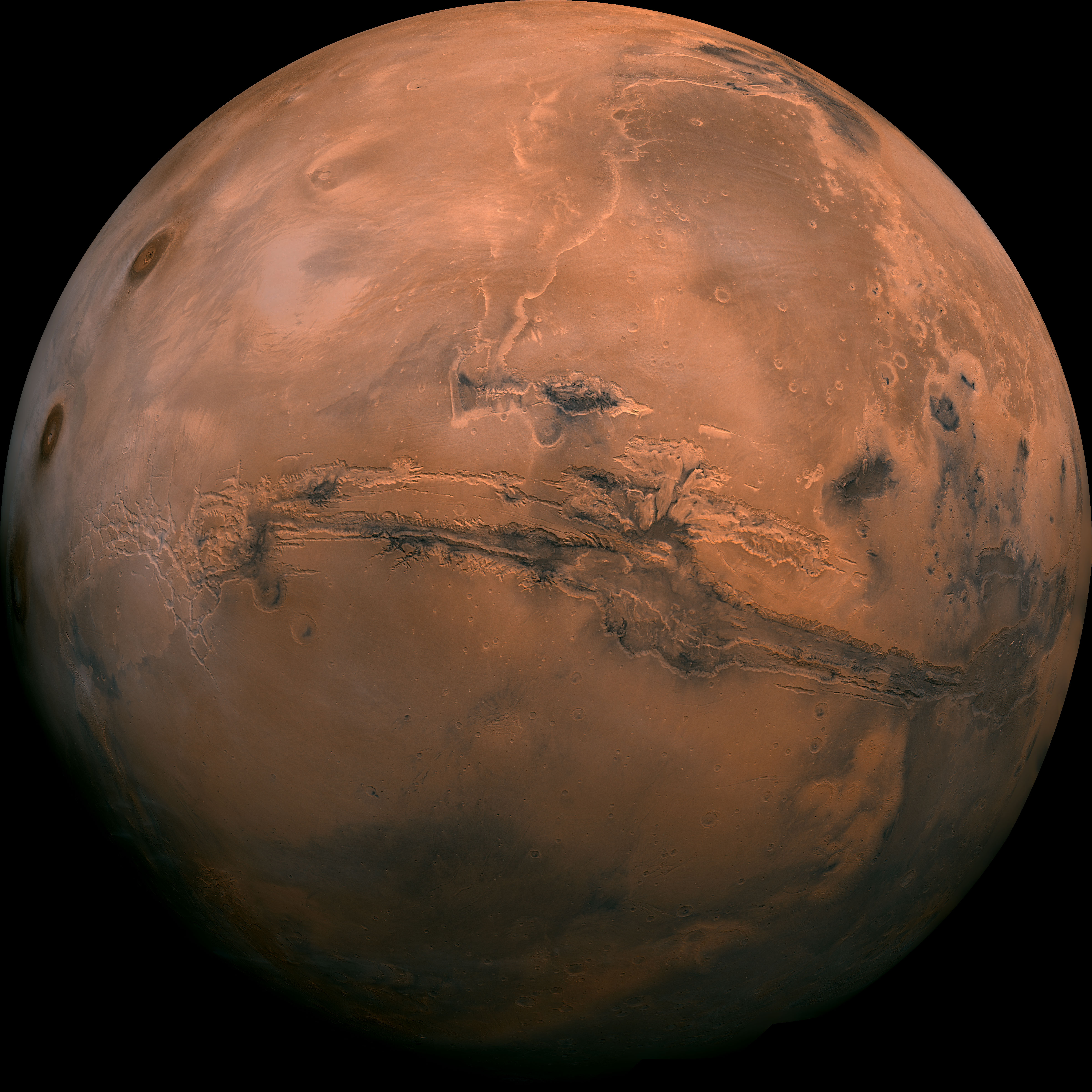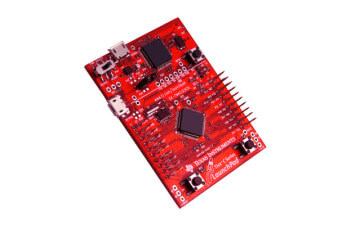Imagine you are on a place with no water. What would you do? Obviously, try to find water with all resources possible 'cause its the only way for us to live. The very same principle applies for life. If you want to find life, you will always look for water. In fact water is only trace of life. Life is always present alongside water in one form or other. Why? Actually life may have never begun with out water as scientists think it was water that give essential medium for mixing of organic compounds that results in very simple, uni cellular organisms. And not only this, water also played and important role in evolution of simple life in complex multi cellular life and survival of this life.
Now if we want to discover life outside our planet, we have to stick with this basic principle of water. Mean instead of finding life directly, we search for water. That's what NASA do all the time. They are trying to find life outside the planet earth and they were trying to find water. They sent a lot of non-human missions to mars in order to find life, Yes, the little red planet.
Recently they sent a well equipped mission named curiosity rover. A non-human, automatic rover full of chemical analytical equipment to study martian surface. And it was not the first of its kind. Actually this was second.
Earlier today, NASA has confirmed that a imaging spectrometer on MRO detected signature of hydrated minerals which is considered most strong evidence of flowing water yet. It was found in different location with temperature of -23 degree Celsius or less and it disappeared in cold times.
Although it is strongest evidence but it is not first of its sort. It also found calcium perchlorate, a salt in soil which suggests water presence on Mars. This salt actually lowers temperature of water freezing and water can be found in liquid form at even -125 degree Celsius.
And also in December last year, Curiosity found burps of methane which might show bacterial action on surface as most of methane on earth is produced by living organisms with waste.
By the way don't think it as marketing scheme for coming science fiction o mars as some people might think ;).
Although neither water nor any kind on life is yet confirmed on mars but one thing we can say for sure is that mars is not as barren and dried as we
Now if we want to discover life outside our planet, we have to stick with this basic principle of water. Mean instead of finding life directly, we search for water. That's what NASA do all the time. They are trying to find life outside the planet earth and they were trying to find water. They sent a lot of non-human missions to mars in order to find life, Yes, the little red planet.
Recently they sent a well equipped mission named curiosity rover. A non-human, automatic rover full of chemical analytical equipment to study martian surface. And it was not the first of its kind. Actually this was second.
 |
| Selfie taken by rover on barren martian surface. |
|
These dark, narrow, 100 meter-long streaks called recurring slope lineae flowing downhill on Mars are inferred to have been formed by contemporary flowing water. Recently, planetary scientists detected hydrated salts on these slopes at Hale crater, corroborating their original hypothesis that the streaks are indeed formed by liquid water. The blue color seen upslope of the dark streaks are thought not to be related to their formation, but instead are from the presence of the mineral pyroxene. The image is produced by draping an orthorectified (Infrared-Red-Blue/Green(IRB)) false color image (ESP_030570_1440) on a Digital Terrain Model (DTM) of the same site produced by High Resolution Imaging Science Experiment (University of Arizona). Vertical exaggeration is 1.5.
Credits: NASA/JPL/University of Arizona
|
Water! Strong evidence that liquid water flows on present-day Mars. Details: http://t.co/0MW11SANwL #MarsAnnouncement pic.twitter.com/JNksawz2iN
— NASA (@NASA) September 28, 2015
“Our quest on Mars has been to ‘follow the water,’ in our search for life in the universe, and now we have convincing science that validates what we’ve long suspected,” said John Grunsfeld, astronaut and associate administrator of NASA’s Science Mission Directorate in Washington. “This is a significant development, as it appears to confirm that water -- albeit briny -- is flowing today on the surface of Mars.”Although it is strongest evidence but it is not first of its sort. It also found calcium perchlorate, a salt in soil which suggests water presence on Mars. This salt actually lowers temperature of water freezing and water can be found in liquid form at even -125 degree Celsius.
And also in December last year, Curiosity found burps of methane which might show bacterial action on surface as most of methane on earth is produced by living organisms with waste.
By the way don't think it as marketing scheme for coming science fiction o mars as some people might think ;).
I wonder if this Whole Mars announcement by @NASA is just a marketing ploy for THE MARTIAN pic.twitter.com/A5oIfXs1F7
— SuperBro Movie News! (@SuperBroMovies) September 28, 2015
Although neither water nor any kind on life is yet confirmed on mars but one thing we can say for sure is that mars is not as barren and dried as we


